First Backroll in Light Wind
Hey guys, for this video we're going to cover a new angle on a basic freeride trick. I've done frontroll and backroll videos before, but I wanted to take the angle of a brand new rider attempting their very first backroll.
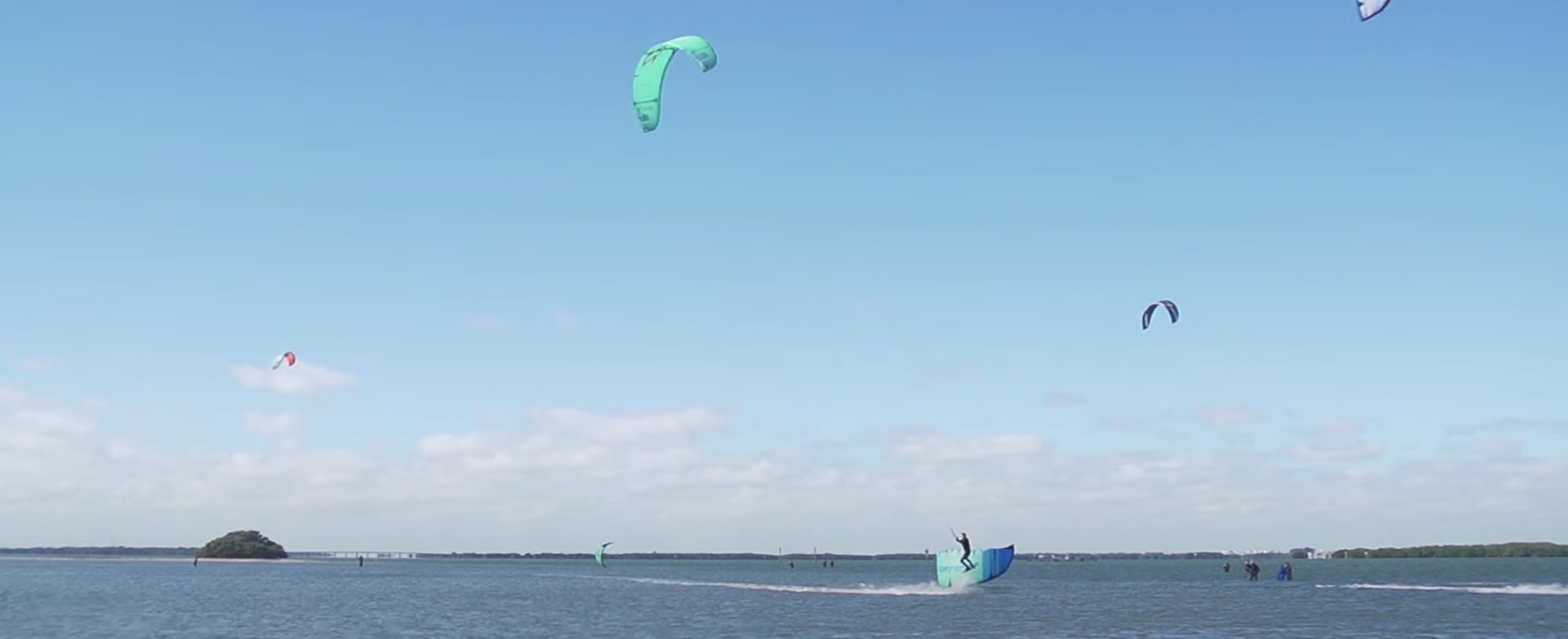
The Light Wind Pop
Learning to Backroll in Light Wind
I've always advocated that it's best to learn new tricks in light wind because the falls are super chill and it's easier to build muscle memory. Thing is, with the exception of our kite loop tutorials, I rarely film anything in truly underpowered, frustrating, light wind.
For this video I'll show the technique for your first light wind backroll. Bear in mind, this is not a trick you would necessarily brag to your friends about. It's more of a tool to learn the fundamental rotations. This is also an excellent time to work on all the different grab variations! These take less energy than normal jumps and, because the falls are relaxed, you can practice the basics for hours on end.
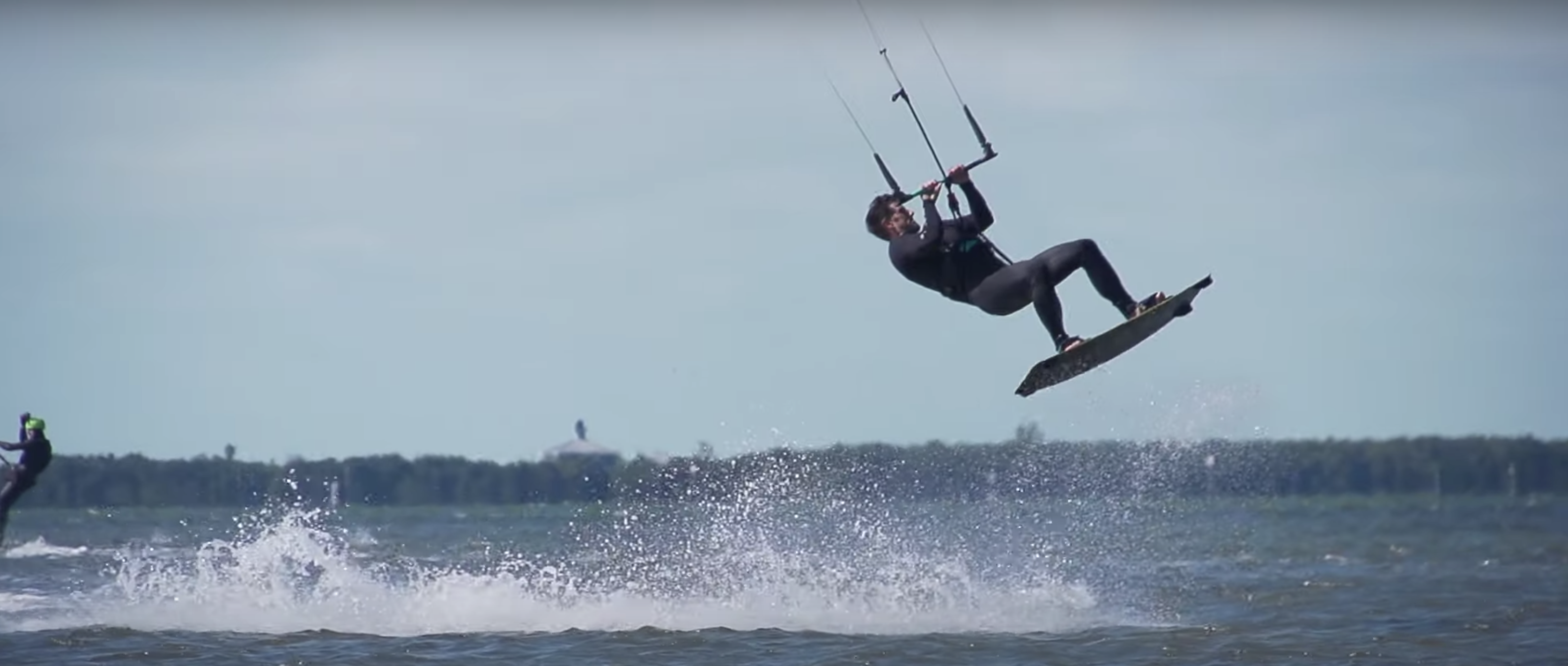
Using kite motion to stay aloft
The Light Wind Jump
Jumping in light wind is all about building board speed, over-sending the kite and loading against the apparent wind you create.
Practice working the kite and getting as much speed as you can. Lean back like you would for a regular jump and start sending the kite up fast. Load tension into the lines as the kite hits noon. You will need to pop a little later than normal. Keep sending the kite past noon to pop off the water and immediately start sending it back. The motion of the kite in the sky is all that will be holding you up.
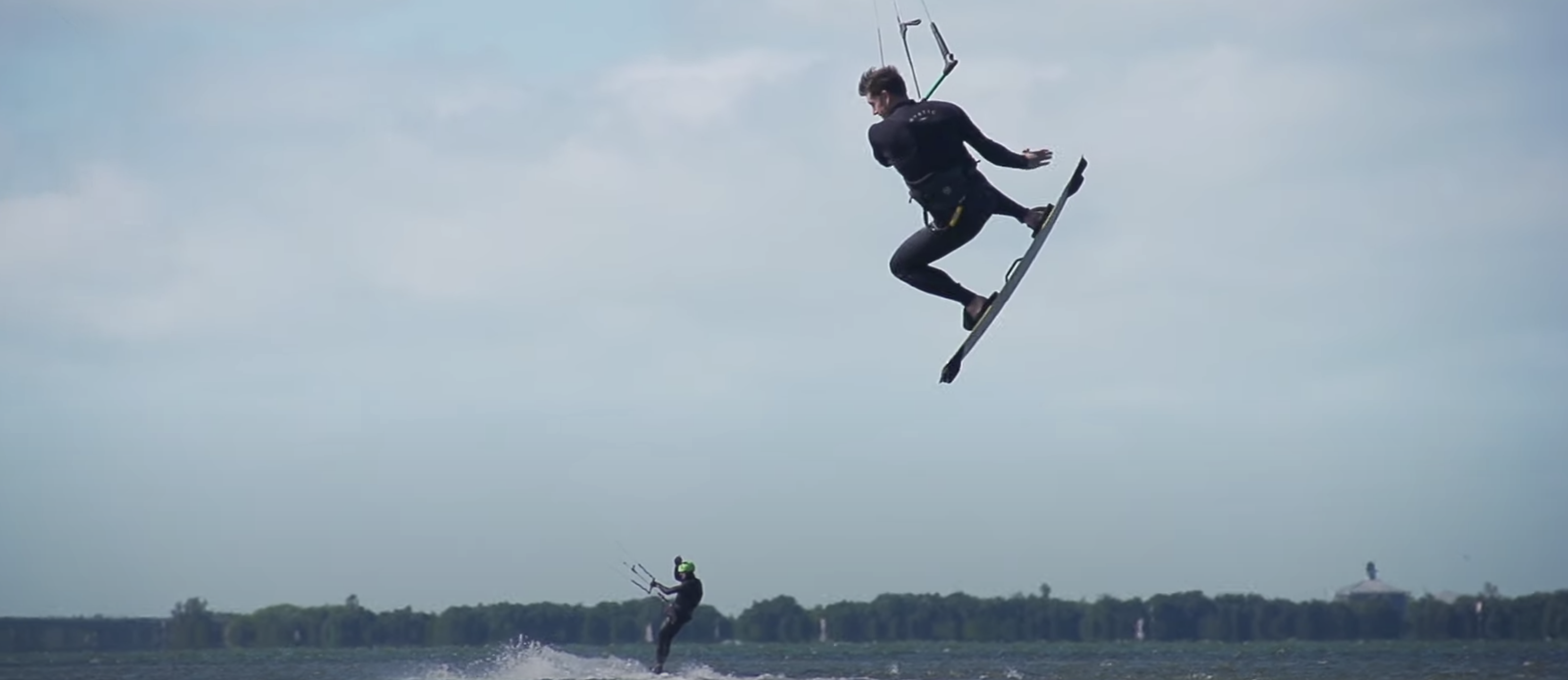
Don't worry about making grabs yet! Just start reaching.
How High Can You Go
Adding a backroll to this is almost easier. The back rotation gives you a little extra oomph as you load against the rising kite. Repeat step one and look over your front shoulder as you pop. You can release your edge and pop as the kite passes noon, just as before.
Get small on this so you rotate faster. You won't be getting a ton of air on these so getting small allows you to spin faster. Halfway though the roll, take your back hand off the bar. This is mandatory. It's way too easy to over-send the kite into a loop if you don't. Taking your hand off will also force you to resend the kite forward. It will also teach you to fly the kite with one hand so you can get grabs later.
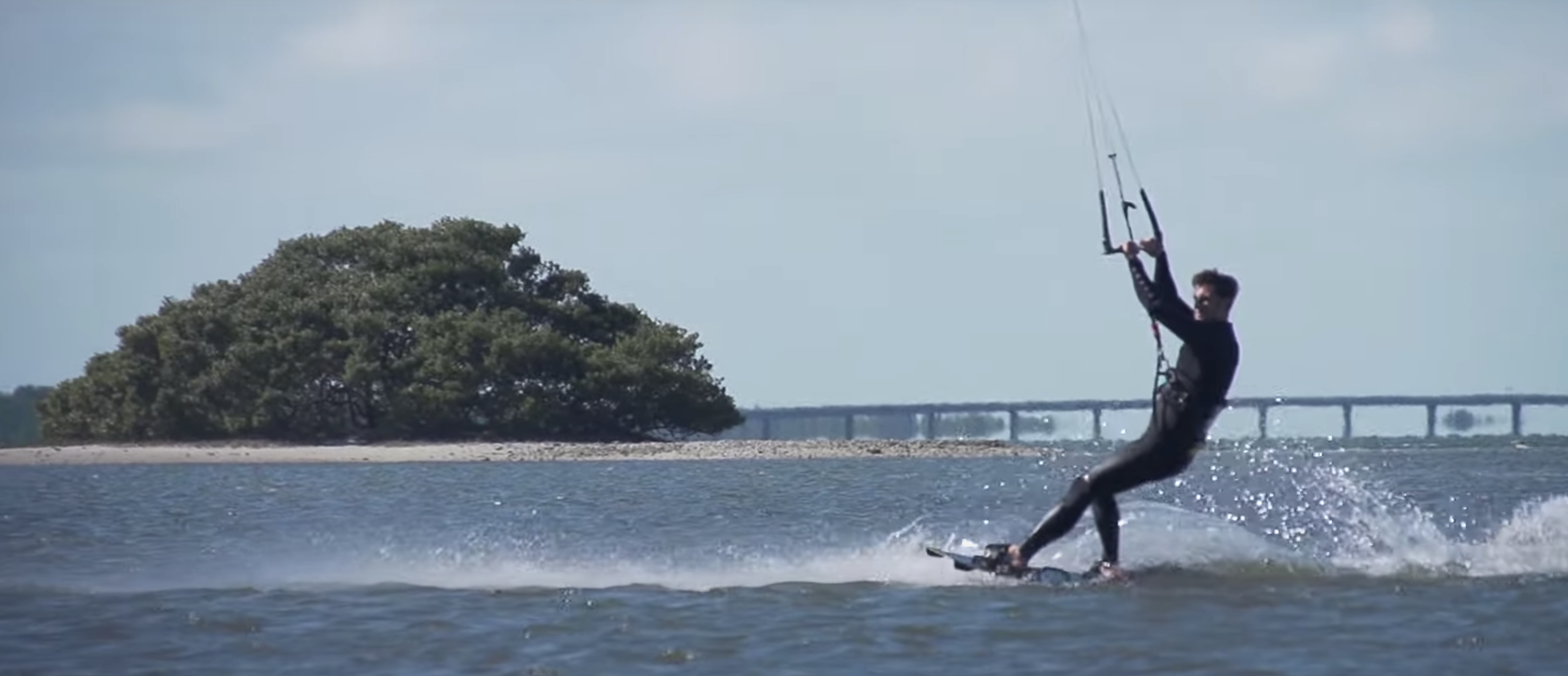
The kite should be lower, but it's okay if you start here! Get it down over time.
Wrapping It Up
Learning a proper redirect is super important in kitesurfing. With this technique, you'll be hard-pressed to get the kite back to 45 degrees. Chances are it will be just passing noon again moving forward as you touch down.
Make sure you are traveling downwind and this will be a very gentle landing. Pulling the kite forward and landing downwind are two of the most overlooked aspects of a well-executed jump, and these skills translate to every discipline from freeride to freestyle to big air and kite loops.
So the next time the wind gets light, give this a go and go crazy working on new rotations and grabs. Chances are, you will make more progress during these sessions than you do on regular powered sessions.
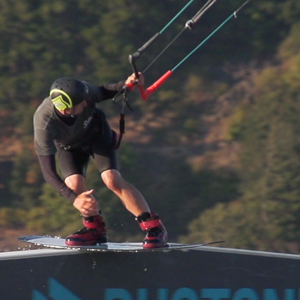 Ryan (Rygo) Goloversic
Ryan (Rygo) Goloversic
Many people dream of quitting their job, traveling the world and pursuing their passions. Rygo is one of those people who pulled the trigger. A few years into his career, he decided to change everything and travel as a kiteboarder, freelance videographer & writer. His mission is to share the stoke & help people put the boarding into their kiteboarding. Get outside and kite!
Producer of: Ride with Blake I Sessions I Versus I Destinations I Foil Fridays
Recent Posts
-
Kiteboarding | Crafting the Harlem Force Kite with Sustainability and Performance
Unparalleled Performance Meets Unmatched Sustainability The kiteboarding industry is on …24th Apr 2024 -
Duotone Ventis 2025 | What's New?
If you're familiar with Duotone's Ventis, you know its specialty is freeriding in light wind …23rd Apr 2024 -
Duotone Ventis D/LAB 2025 Overview
If you ride in an area with multiple light wind days and need a wing that'll let you get o …23rd Apr 2024




